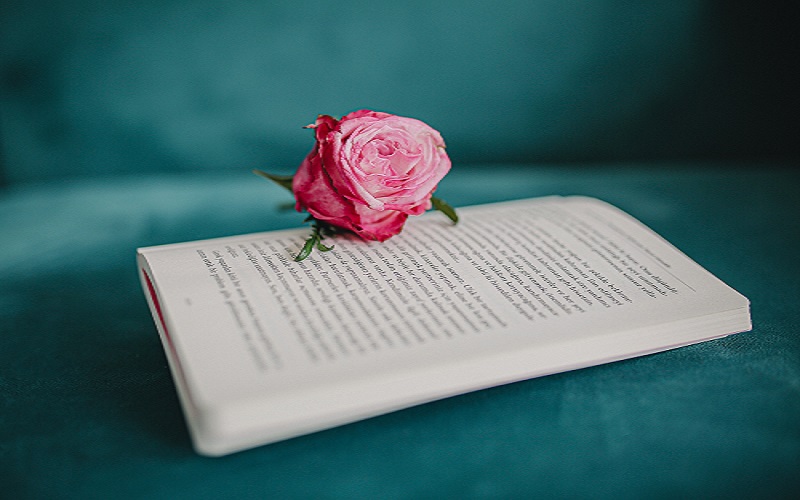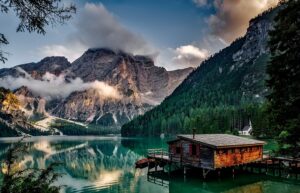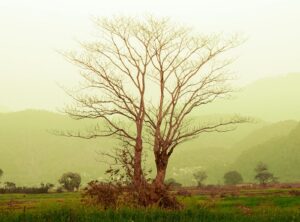Poetry and its Nature
This article explores poetry and its nature by giving a basic introduction to literature and its genres.
Literature: Its Universality
Literature is the artistic expression of thought full if feelings and imagination. Literature heightens our awareness of human life.
Literature is a picture, more or less true, of actual life. Every country has its own literature which mirrors its life. But every literature is also an expression of emotions, of ideas and ideals, which have a permanent value, and which are of interest for men in every age and country.

Poetry, Prose and Drama are the three major forms of literature. Historically, when man was emotionally moved he used verse; when he wanted to convey some point of view, he used prose. Drama came at a later stage when action was added to the text. Dramas can be written both in verse and prose.
Poetry: Some Definitions
Poetry is one of the three major branches of literature. Dr. Johnson defined poetry as, “metrical composition”, and added that it is “the art of uniting pleasure with truth by calling imagination to the help of reason.
Three Major Forms of Literature
Poetry: Its Emotional and Imaginative Content
Poetry is imaginative and emotional interpretation of life. Poetry deals with facts, experiences and problems of life. First, it relates them to our emotions, and secondly, it transforms them by the exercise of imagination. Imagination and emotion are the essential qualities of poetry and without them much that passes as poetry, is in reality not poetry.
Metre: Essential to Poetry
But imagination and emotion may characterise prose also, like the poetic-prose. Should such prose be called poetry? There is much poetry’ which is purely ‘prosaic’; there is much prose which is markedly ‘poetical’. However, a dividing line between prose and poetry still exists.
In other words, poetry has both form and content. The true content of poetry must be imaginative and emotional. And this imaginative and emotional interpretation of life must be clothed in a rhythmical language, which is called metre. The use of metre is essential. The primary function of poetry is to give aesthetic pleasure, and the aesthetic pleasure peculiar to poetry is not possible without the use of metre or regulary rhythmical language. Without imagination and emotion any subject treated in metre will remain mere verse (tukbundi). Without metre even the most emotional and imaginative subject would remain prose.
The Diction of Poetry
Diction means both the choice and the arrangement of words. Though views about a proper diction for poetry may differ, there can be no denying the fact that the words and their arrangement are different from those used in prose.
The syntax of a poet does not follow the ordinary rules of grammar. He breaks the grammar rules according to the requirements of metre. For example, in “He lived the woods among”, ‘among’ comes after ‘woods’ and not before, as it should be used according to the rules of grammar.
Figures of Speech: Their Significance
The diction of poetry must have fugures of speech. It must be figurative. A figure of speech is a creative use of language to generate an effect. Figures of speech are essential to the emotional and imaginative appeal of poetry. In moments of intense emotional excitement, man always tends to express himself in a figurative language. He has always colours the external world with his own emotions.
Simile, metaphor, personification, pathetic fallacy, hyperbole, etc., are the more common figures used by poets. These figures are used by prose-writers as well, but a poet’s use of them is more frequent and more emotional and more imaginative.
#Poetry and its nature #Poetry and its nature #Poetry and its nature #Poetry and its nature #Poetry and its nature #Poetry and its nature #Poetry and its nature #Poetry and its nature #Poetry and its nature #Poetry and its nature
Read More
Introduction to Fiction and Non Fiction
Of Death — Francis Bacon (Text)
Of Truth Critical Analysis by Sir Francis Bacon
Of Truth by Francis Bacon Summary
Visit Us on our Facebook Page:



